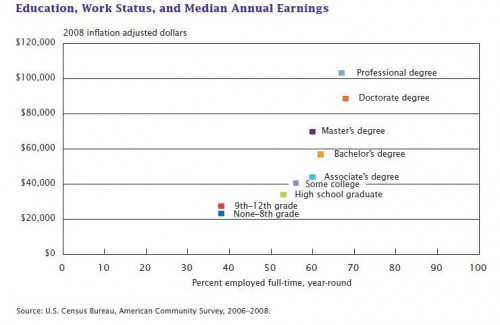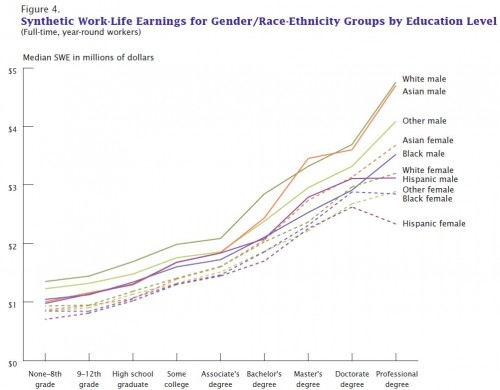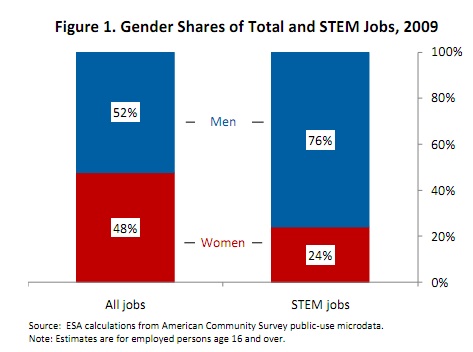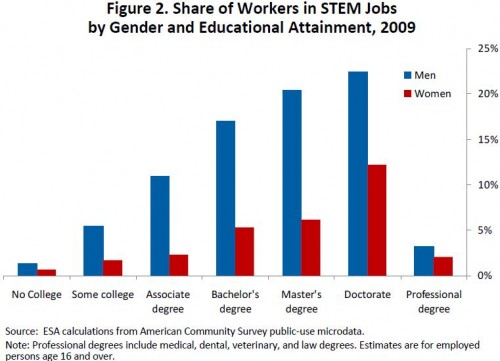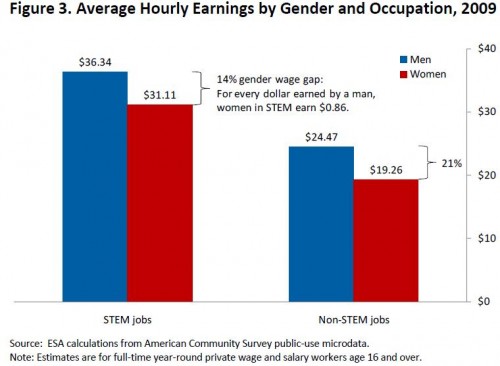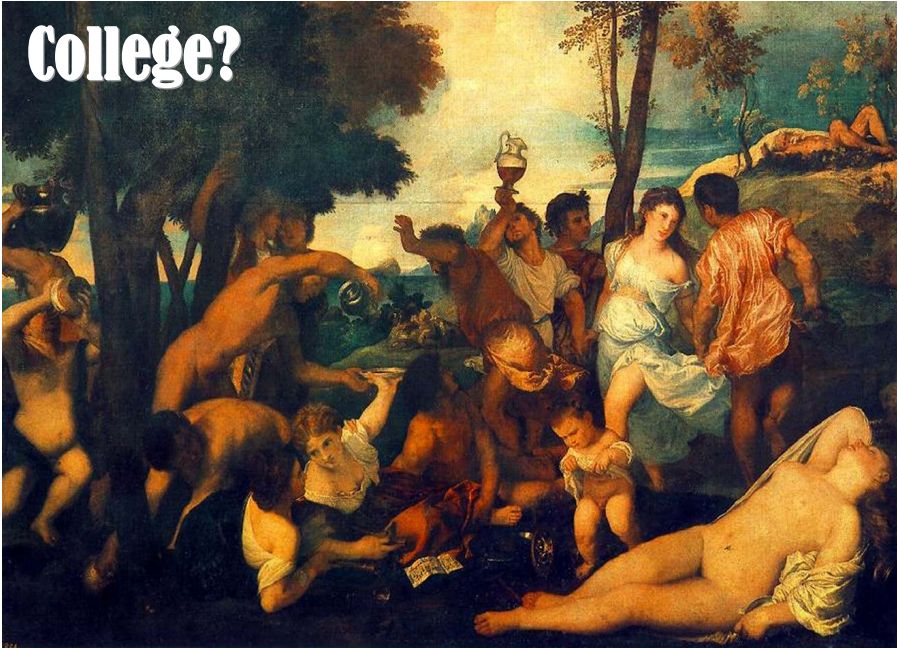Cross-posted at Ms.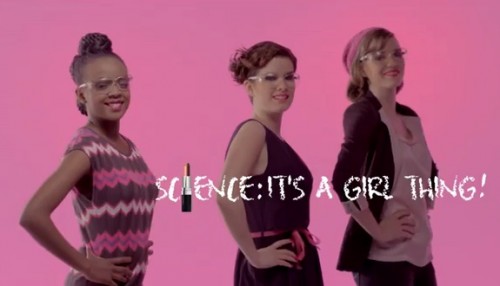
Paul (an Irish grad student), Carys G., Zeynep A., Marjan vdW., and one other reader all sent in a link to a new video released by the European Commission. The video, “Science: It’s a Girl Thing!”, is meant to encourage girls to consider careers in the natural and physical sciences, presenting science, as the title suggests, as an area compatible with femininity and other “girl things” — make-up, high heels, and fashion:
The video has been roundly criticized (check out the Twitter feed for #sciencegirlthing), both for presenting a stereotyped image of girls and for misrepresenting the scientific workplace (one female scientist Tweeted wondering what will happen to any girls possibly drawn in by this campaign when they learn that in many labs, open-toed heels violate safety codes).
I suspect the makers of the video believe they are doing that first thing — trying to push back against the idea that science is unfeminine. Indeed, the video is part of the larger Science: It’s a Girl Thing! campaign, and the website also contains 12 profiles of female European scientists, which provide more realistic depictions of women working in a range of scientific fields. But many viewers, including a lot of scientists (both women and men), see it as the second thing — another example of what I described in my original post of the cartoon as “superficial attempts to overcome the often structural constraints that keep women out of masculinized arenas of social life.”
Indeed, girls don’t just need to be told “you can do science and look cute too!” In fact, a post at New Scientist discusses the results of a recently-published article by Diana Betz and Denise Sekaquaptewa, “My Fair Physicist? Feminine Math and Science Role Models Demotivate Young Girls”. Betz and Sekaquaptewa found that images of conventionally feminine women in science fields actually demotivated female middle school students and decreased their perceptions of their likelihood of success in science and math. Girls appeared to see these images and, instead of thinking “Oh, I can like makeup and clothes but still do science!”, they thought, not unreasonably, “Oh, great, so I have to be smart and still meet all the demands of conventional femininity, too?” Instead of inspiring girls, the images were threatening, making them feel less likely to succeed in science and math. This effect was most pronounced for those girls who weren’t already interested in such fields — presumably the exact group campaigns such as Science: It’s a Girl Thing! are meant to attract. As the authors conclude (p. 7), “Submitting STEM role models to Pygmalian-style makeovers…may do more harm than good.”
Gwen Sharp is an associate professor of sociology at Nevada State College. You can follow her on Twitter at @gwensharpnv.






